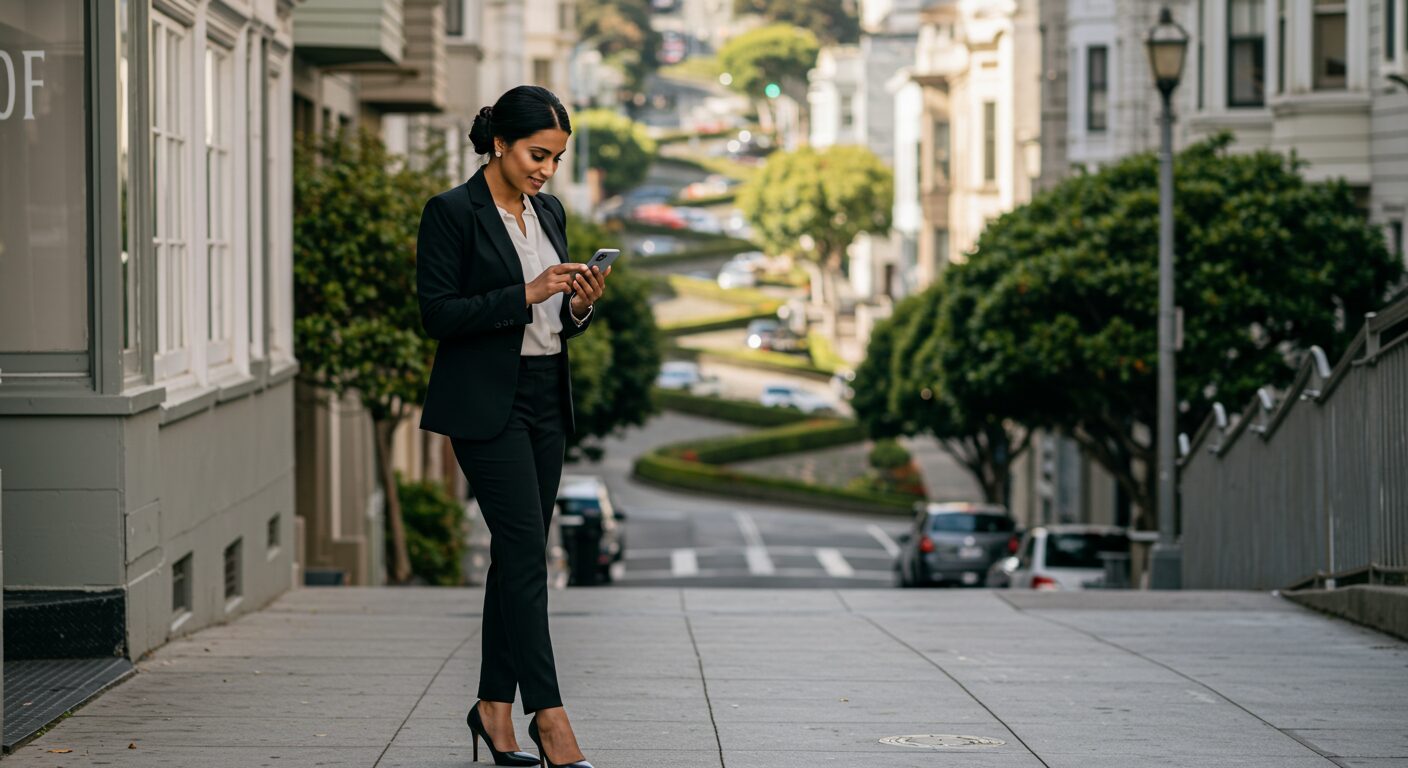
Journey to the Kunisaki Peninsula: Where Ancient Temples Whisper Tales of Gods and Nature
Imagine a place where serene temples nestle amidst verdant hills, where the echoes of ancient prayers mingle with the rustling of leaves, and where the spirit of nature seamlessly blends with the sacred. Welcome to the Kunisaki Peninsula in Oita Prefecture, Japan, a hidden gem waiting to be discovered.
And at the heart of this enchanting landscape lie the temples of Rokugo Manzan, particularly Ryokoji Temple and Fukiji Temple (as recognized by the Japan Tourism Agency’s multilingual explanation database on April 14, 2025, at 23:52), beckoning travelers to embark on a journey of spiritual and cultural immersion.
Unveiling the Mystique of Rokugo Manzan:
Rokugo Manzan refers to the six districts (Rokugo) within the Kunisaki Peninsula, each traditionally managed by a powerful Buddhist temple. Over time, this unique syncretic religion, blending Buddhism with native Shinto beliefs, flourished here, resulting in the remarkable collection of temples scattered throughout the landscape. These temples, often built into caves and perched on cliffsides, are testaments to the deep connection between humanity, divinity, and nature.
Ryokoji Temple: A Portal to the Past:
Ryokoji Temple is a stunning example of the architectural prowess and spiritual devotion found in Rokugo Manzan. Stepping onto its grounds feels like stepping back in time. Imagine:
- Thatched Roof Beauty: The main hall, with its gracefully curved thatched roof, exudes a sense of tranquility and harmony. Its weathered wooden structure whispers tales of centuries past.
- Kaya-style Architecture: This distinct architectural style, using Kaya grass for the roof, is unique to this region and perfectly complements the surrounding natural beauty.
- Secluded Serenity: Tucked away amidst lush greenery, Ryokoji Temple offers a tranquil escape from the hustle and bustle of modern life.
Fukiji Temple: A National Treasure:
Fukiji Temple, particularly renowned for its Fukiji Odo (Main Hall), is a designated National Treasure of Japan. This hallowed hall boasts incredible architectural and artistic significance:
- A Masterpiece of Heian Period Architecture: The Fukiji Odo is a rare and exquisite example of Heian period (794-1185) architecture, showcasing the refined aesthetics and craftsmanship of the era.
- A Hidden World of Art: Inside the hall, you’ll find breathtaking Buddhist statues and intricate paintings, each telling a story of faith and artistic expression.
- Spiritual Significance: As you stand within the Fukiji Odo, take a moment to absorb the atmosphere of reverence and contemplate the profound spiritual history of this sacred place.
Beyond the Temples: Exploring the Kunisaki Peninsula:
The journey to Ryokoji and Fukiji Temples is just the beginning of an unforgettable adventure through the Kunisaki Peninsula. Here are some additional experiences to enrich your visit:
- Kunisaki Peninsula Geopark: Designated a UNESCO Global Geopark, the peninsula’s unique geological formations, sculpted by volcanic activity and erosion, offer stunning landscapes and opportunities for hiking and exploration.
- Stone Buddhas of Usuki: Just a short drive from the peninsula, the Stone Buddhas of Usuki are another incredible sight. Carved directly into the rock face, these ancient sculptures are a powerful reminder of the region’s deep Buddhist heritage.
- Hot Springs (Onsen): Indulge in the therapeutic waters of Oita’s famous hot springs. After a day of exploring temples and natural wonders, soaking in a relaxing onsen is the perfect way to rejuvenate your body and soul.
- Local Cuisine: Sample the delicious local cuisine of Oita Prefecture, known for its fresh seafood, flavorful vegetables, and regional specialties like Toriten (tempura chicken).
Planning Your Pilgrimage:
- Getting There: The nearest airport is Oita Airport. From there, you can rent a car or take a bus to the Kunisaki Peninsula.
- Best Time to Visit: Spring and autumn are ideal, offering pleasant weather and stunning foliage.
- Accommodation: Choose from traditional Ryokans (Japanese inns) or modern hotels in the area.
- Respectful Conduct: Remember that these are sacred sites. Dress modestly and maintain a respectful demeanor.
Why You Should Go:
The Kunisaki Peninsula, with its mesmerizing temples and breathtaking landscapes, offers a profound and enriching travel experience. It’s a place where you can connect with history, immerse yourself in nature, and discover a deeper sense of peace and tranquility. So, pack your bags, embark on a journey to the Kunisaki Peninsula, and let the temples of Rokugo Manzan, especially Ryokoji and Fukiji, whisper their ancient stories to your soul. You won’t be disappointed.
Kunito Peninsula (wide) Temples of Rokugo Manzan, Ryokoji Temple, Fukiji Temple
The AI has delivered the news.
The following question was used to generate the response from Google Gemini:
At 2025-04-14 23:52, ‘Kunito Peninsula (wide) Temples of Rokugo Manzan, Ryokoji Temple, Fukiji Temple’ was published according to 観光庁多言語解説文データベース. Please write a detailed article with related information in an easy-to-understand manner, making readers want to travel.
258